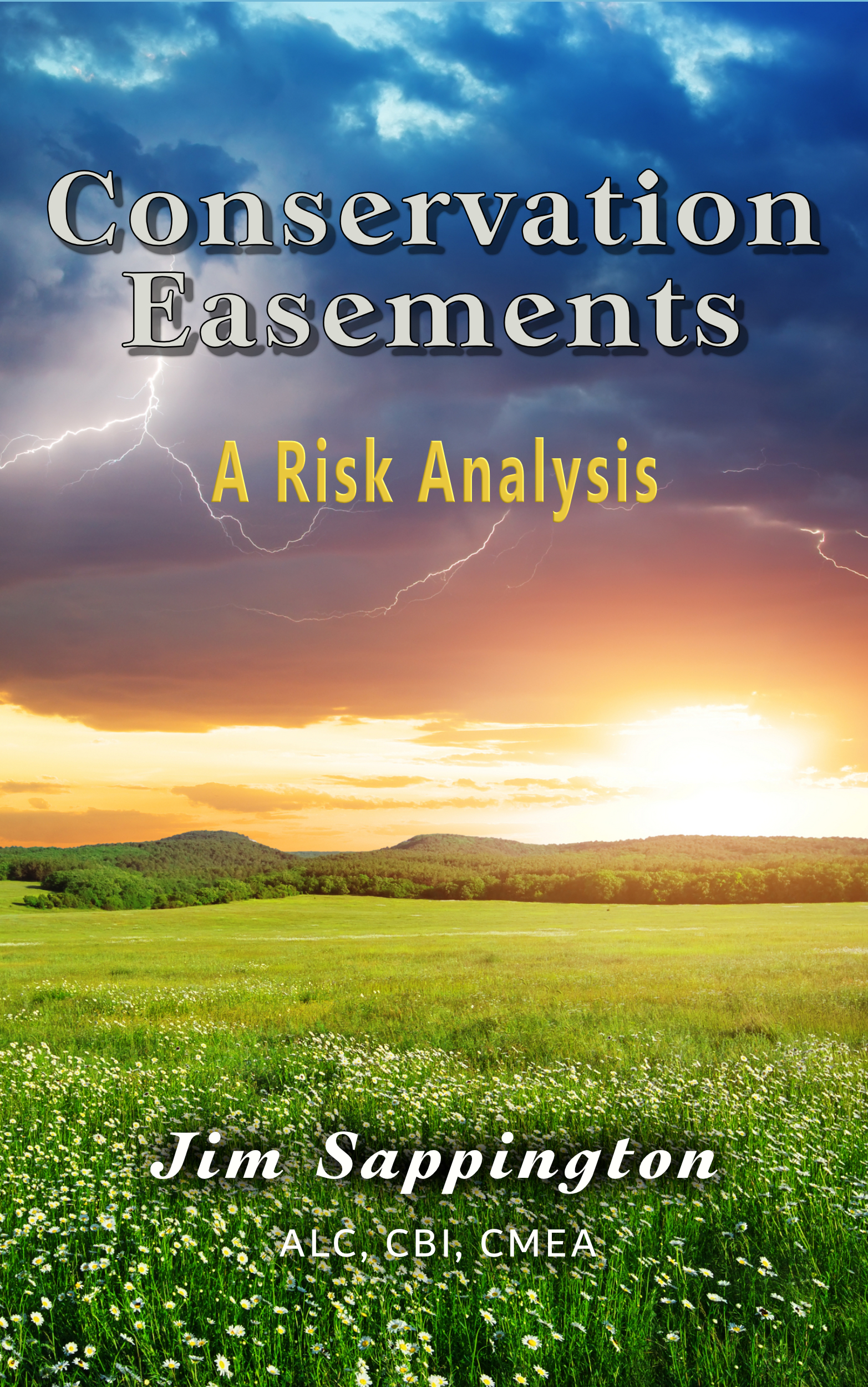
Conservation Easements
A Risk Analysis
$24.98$19.95
When you have been in an industry for any length of time you see a few things. With more than 50 years in real estate, I feel like I’ve seen just about everything. Now and again something completely new surfaces. A property’s purpose or use changes. While the property might appear similar, as in my previous encounters, further investigation reveals a scope of something completely different. Such is the case with conservation easements. In contrast to “typical” real estate, these easements require a different understanding, with a new type of analysis. In many aspects, they have similarities to a “Partnership Agreement” in addition to an easement agreement. Now, instead of dealing with only a single entity, you will find it has morphed into manifold types of private property. I wrote this book to help you, the reader, navigate this maze. My intent is not to make anyone an expert in conservation easements. I will, however, provide a comprehensive overview of the topic. Any decision-maker reading this book can take the necessary precautions before entering into a conservation agreement.
Given the centuries of land ownership, conservation easements are a modern phenomenon. While the definition of a conservation easement is relatively new, easements themselves existed for several years. Industry wise, they are recent in their present uses. Conservation easement promoters have become the new “players” in this valuable product called real estate. They come with new agendas, new definitions, new concepts, designed for new results. The implications, risks and benefits of land ownership under a conservation easement puts us into uncharted territory. How does one handle the transfer of partial ownership? With a conservation easement now in place, what limits encumber the owner? What remains of value for the potential buyer?
Those touting the benefits of a conservation easements include “qualified” non-profit organizations, tax attorneys and accountants, governmental agencies, environmental groups, land and historical preservation groups, among others. What risks await those landowners who participate in creating this kind of an easement? Can you get good, solid, unbiased information about the benefits, risks and dangers? Are there only advocates for or against?
As a professional real estate agent dealing with land use issues, I spent hours researching conservation easements. I found mountains of information about the “benefits”, but scant analysis on the risks arising from such easements once placed on private property. Very few studies detailing the risks of owning or purchasing property under a conservation easement existed. So, I decided to do my own investigation. The data I unearthed made me realize that conservation easements are not all “fluffy clouds and sunshine”.
How does one research these issues? In my state of Montana, conservation easements are recorded in a special section in each county’s courthouse. The conservation easement wording is of public record, excluding the financial terms. I read lots of easements. Next, I researched the terminology, how the agreements used those terms, and why deliberate vagueness is incorporated into the terms of the agreements. After that, I talked with owners, other professionals, and even conservation groups. I attended meetings promoting the concept of a conservation easement, asking questions, and challenging concepts. Finally, I researched newspaper articles, court cases, and scandal headlines.
As a result, I created a conservation easement course and presented the course at seminars attended by interested parties, including private property owners and conservation easement groups. Some groups sent their attorneys prepared to make “appropriate challenges to erroneous information”. In fact, I challenged anyone who attended to expose anything I documented as being untrue. To date no one has ever accepted the challenge. So, I’m confident that everything written here can be considered trustworthy.
Again, my entire purpose for writing this booklet is to help you, the reader, examine and answer the following questions:
Are there risks associated with a particular conservation easement?
Can they be identified?
What do you need to know before venturing into any investment decisions involving conservation easements?
Whether you should enter into a conservation easement agreement, or not, is a highly individual choice. This book does not make the choice for you. It will help you navigate the implications of your choice for a better future.
